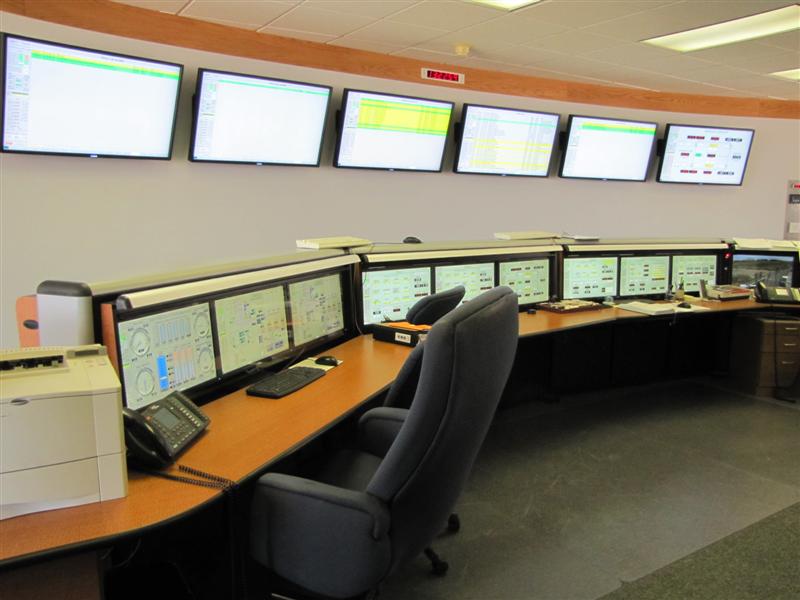
Wind turbines near Milford, Utah

Wind turbines near Milford, Utah |
| Professor Marc Bodson | Email: marc.bodson@utah.edu | Prof. Bodson's web page |
| Professor Masood Parvania | Email: masood.parvania@utah.edu | Prof. Parvania's web page |
| Professor Mostafa Sahraei-Ardakani | Email: mostafa.ardakani@utah.edu | Prof. Sahraei-Ardakani's web page |
| Professor Mingxi Liu | Email: mingxi.liu@utah.edu | Prof. Minxi Liu web page |
| Professor Arn Stolp | Email: arnstolp@ece.utah.edu | Prof. Stolp's web page |
| Professor John Palmer | Email: japalmer@ieee.org | Prof. Palmer's web page |
Students interested in power engineering should plan on taking as many of the following classes as possible.
| ECE 3300* | Fundamentals of Electromagnetics and Transmission Lines | |
| ECE 3500* | |
Fundamentals of Signals and Systems |
|
ECE 3600 | | Introduction to Electric Power Engineering (Fall, also Spring temporarily) |
| ECE 5610 | | Power Electronics Fundamentals (Fall) |
| ECE 5615/6615 | Classical Control Systems | |
| ECE 5620 | |
Power Systems Analysis (Spring) |
| ECE 5625/6625 | | Power System Protection (Fall, even years) |
| ECE 5630/6630 | | Power System Economics (Fall) (or similar 5960/6960 class) |
| ECE 5640/6640 | Power System Security Analysis (Spring) | |
| ECE 5652/6652 | Linear Control Systems | |
| ECE 5670/6670 | |
Control of Electric Motors (Spring) |
| ECE 5671/6671 | Electric Generators (Fall) | |
| ECE 5680/6680 | Electrical Forensic Engineering and Failure Analysis (Fall, odd years) |
* ECE 3300 and 3500 are not required for the program, but are recommended.
The following classes are being offered as Special Topics courses and may become permanent.
| ECE 5960/6960 | | Power Systems Operation and Planning (Spring) |
| ECE 5960/6960 | | Convex Optimization (Fall) |
  AC/DC, what does it mean? |
For more information, please check http://www.ece.utah.edu/scholarships.
The IEEE's Power and Energy Society also created the PES Scholarship Plus Initiative with the goal of increasing the number of well-qualified, entry-level engineers to the power and energy industry. For more information, please check http://www.ee-scholarship.org.
  Generators and control room at the Intermountain Power Project, Delta, Utah |